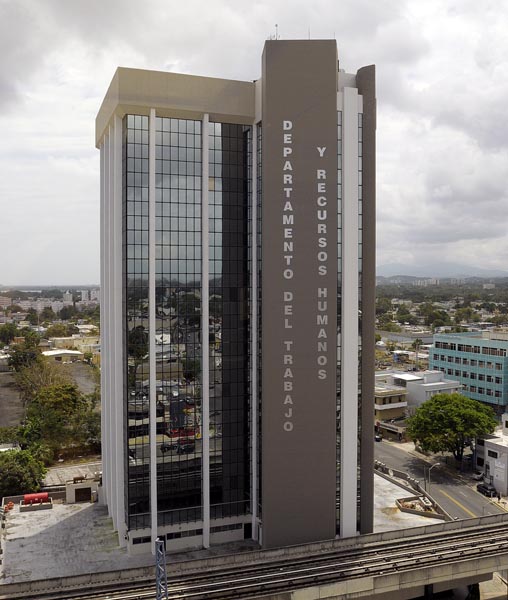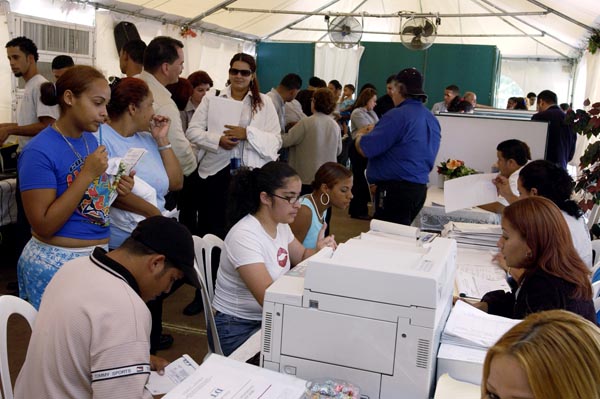Economist: Puerto Rico’s labor market at crossroads


Puerto Rico’s household survey reported 185,000 job losses between FY 2005 and 2013 and the establishment survey posted a loss of 129,000 jobs in the same period.
Puerto Rico’s labor market is at a crossroad, with thousands of productive workers fleeing to the U.S. mainland in search of professional opportunities that may not be available locally.
To plug that drain, the island needs to develop new sectors to recruit the people of working age who currently are out of the labor market, find “imaginative solutions to retain our professionals and government transparency in labor market statistics,” said Economist Heidie Calero, president of H. Calero Consulting in the firm’s most recent edition of “Economic Impulse.”
While government officials insist that the administration’s vow to create 50,000 jobs within the first 18 months of the current four-year term is possible, the reality shows that Puerto Rico’s labor force is shrinking at an alarming rate.
This is due to several factors, she said: an aging population and lower birth rate, the migratory wave that has occurred during the recession and “the influence of perverse incentives with welfare payments to persons who then prefer not to risk losing these payments if they start working in the formal economy. As a result, the work ethics of several generations of Puerto Rican families has simply been lost compared to other countries where jobs are the way out of poverty and survival.”
Last month, the government’s Public Affairs Secretary, Jorge Colberg-Toro, announced the administration was halfway to reaching its goal, with 20,297 more certified people in the labor force. However, according to the Puerto Rico Labor Department’s household survey, there are 20,000 net fewer jobs in July 2013 compared to January 2013.
“Thus, though it may be true that many jobs were created, the reality is that many more have been lost. To be credible, government officials should report net job creation, gains less loss of jobs,” she said.
Furthermore, she said there are concerns regarding the earnings disparity of the jobs being created. Since before the start of the recession, the share of lowest paid jobs grew from 27 percent in 2005 to 43 percent in 2012 while rising in what were already better-paying industries.
“The result has been a reduction of the middle-income group with the danger that the medium class could disappear in the future and with it inequality and poverty grow and cause dangerous social problems,” the economist said.
Meanwhile, she addressed the issue of part-time jobs, which are “beginning to make Puerto Ricans anxious.”
“Many workers currently in such jobs would strongly prefer — and in many cases desperately need — more hours of employment to pay their bills. Part time jobs in Puerto Rico (41 percent) are twice the 20 percent share in the U.S. Full-time jobs generally pay better, offer more benefits, and promise more room for advancement than part-time jobs,” she said.
In some sectors of the economy, such as retail trade, employers favor part-time contracts because the scheduling flexibility allows them to accommodate peak shopping times.
“However, Puerto Rico cannot rely only on the retail sector to grow its economy. We need productive jobs in manufacturing, tourism, and agriculture,” she concluded.











